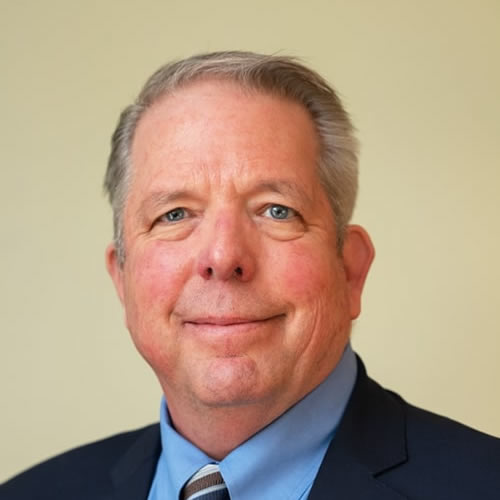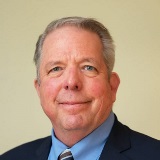Creating a Net Positive Organization

In nearly 40 years of EHSS and organizational risk management travels (ORM), I’ve come to believe that the impact of non-technical aspects of EHSS/ORM are as important, if not more important, than the technical ones for success. The genesis of this trajectory began when my doctoral advisor put the analytical instruments in the closet and shifted our focus to the management of occupational risks. Of course, technical and regulatory stuff is mission critical. However, Peter Drucker’s famous words – “culture eats strategy for breakfast” – points to the professor’s rationale. If attention is not given to the non-technical, there are limits to what can be accomplished. Those of you with expertise in safety and safety culture know what this means – you have lived it. There are bundles of “non-technical” issues and skills that we are fortunate to be exposed at the annual NAEM Forum, including ones of communication, leadership, team building, to name a few.
Needless to say, life changed in early 2020 when the pandemic hit. We’ve all had personal and professional challenges. Some of us got the virus, some lost loved ones, and some took financial hits. As EHSS professionals, many of us were on the front line coordinating health and safety. Fatigue, burnout, and psychosocial issues are not uncommon in the post-2020 era. Additionally the rules of engagement between organizations and their workforce have shifted. While many of us have not recognized it, in the face of these dynamics, have been using our MOC skills.
At the 2017 NAEM Forum in Ft. Lauderdale, one of the keynote speakers was David Greenberg from LRN Corporation. He talked about many things that are relevant now. Three that still standout for me are: 1) “the world has been dramatically restructured and reshaped, and its been reshaped much quicker than we are able to respond and reshape our institutions”; 2) “leaders at a recent Davos Forum said, ‘we simply don’t understand how to lead anymore’”; and, 3) “the leadership playbook that we have simply isn’t working.”
I have two thoughts to share with you that spring from Greenberg’s keynote. One relates to your enterprise. The other relates to you and your leadership.
The notion of net positive organizations is a relatively new. Google this term and you will find a handful of threads. One of these will lead you to the Sustainability and Health Initiative for NetPositive Enterprise (SHINE) at Harvard’s School of Public Health. SHINE’s work “centers around the meaning and impact of work on our lives and power of organizations to generate positive benefit for society.” At their 2021 Summit – “The Future Workplace: Building Flourishing Organizations Today” – bundles of ideas were presented on how to do this. Workplace well-being was put forth as a central driver to fulfill on the event’s theme. There was inquiry around “work as a platform for well-being,” fulfillment, and flourishing; attributes for these include purpose, social connection, positive mood, satisfaction, self-efficacy and autonomy, challenge, mastery, progress, health, and financial resiliency. I was taken aback when several speakers identified safety as the primary hurdle in creating a thriving workplace. They weren’t talking about traditional safety (e.g. injury, illness, fatality), rather it was psychological safety. Survey after survey pointed to fears in speaking up about workplace issues of fair treatment, equity, inclusion, etc.
Health was a topic at the SHINE event. The question was posited, “who owns health” in an organization? On one panel, the panelists coalesced around HR. When it came time for questions, I offered a different notion. I introduced myself as an EHSS professional, and made two points. One is that everyone in the organization owns health. And, second, that in my work with EHSS professionals, I advocate that we (EHSS) own it. That is, if an organizational function is to be identified for this, it’s us.
Knocking at the door in this post-2020 era is a leadership imperative that our profession can step into; or more directly, that you can step into. This is a daunting thought for many of us. Earlier in my career I ran from leadership and stuck to “my knitting” with the technical and scientific. I suggest that the time is ripe – if not necessary – to let go of a “not me” notion of leadership. Numerous speakers at the SHINE Summit talked about micro and distributed leadership. We often equate leadership with authority or notions of simply being born with innate skills. However, there is value in thinking about leadership in terms of a practice, or line of work, if you will, with tools, and the key is to focus on strengthening one’s ability to use the tools. Tools we discussed the 2021 NAEM Forum Morning Coffee Session on leadership, were empathic listening, building trust, generating engagement, integrated thinking, and decision making. At the Coffee Session, we also touched on the growing prominence of the “S” in ESG, and leadership needs to meet this.
Many of us have familiarity with “net zero” in terms climate change and sustainability. I invite you to consider what “net positive” could mean to you in your professional practice, as well to your organization. With EHSS’s robust foundation that includes health & well-being, think about how might you use your MOC skills to provide motive force and leadership in creating a net positive organization.
Related
Sponsored Content
About the Author

Charles Redinger, PhD, MPA, CIH
Institute for Advanced Risk Management
Dr. Charles Redinger is the founder the Institute for Advanced Risk Management. The Institute conducts ESG, EHSS, and organizational risk research; and, provides leadership and team-building training, along with system design support. He serves as strategic
advisor to the Capitals Coalition, and has served on the National Institute for Occupational Safety and Health (NIOSH) Board of Scientific Advisors. He earned a Ph.D. in Industrial Health from the University of Michigan, and did post-doctoral work at
MIT’s Sloan School of Management.

